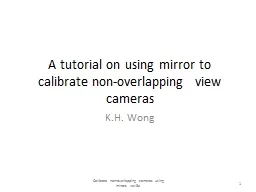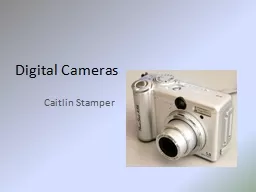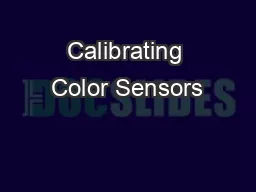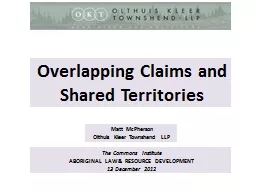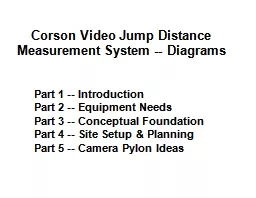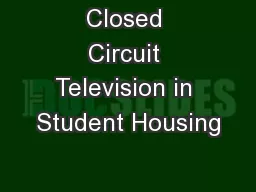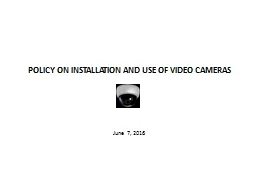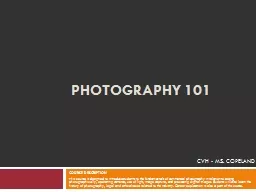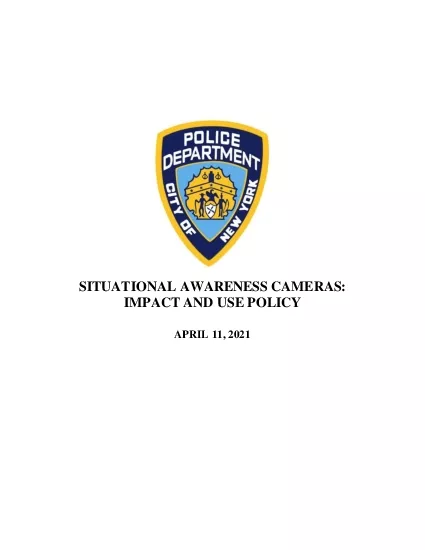PPT-A tutorial on using mirror to calibrate non-overlapping view cameras
Author : olivia-moreira | Published Date : 2019-11-24
A tutorial on using mirror to calibrate nonoverlapping view cameras KH Wong Calibrate nonoverlapping cameras using mirrors ver6e 1 Overview Introduction and Problem
Presentation Embed Code
Download Presentation
Download Presentation The PPT/PDF document "A tutorial on using mirror to calibrate ..." is the property of its rightful owner. Permission is granted to download and print the materials on this website for personal, non-commercial use only, and to display it on your personal computer provided you do not modify the materials and that you retain all copyright notices contained in the materials. By downloading content from our website, you accept the terms of this agreement.
A tutorial on using mirror to calibrate non-overlapping view cameras: Transcript
Download Rules Of Document
"A tutorial on using mirror to calibrate non-overlapping view cameras"The content belongs to its owner. You may download and print it for personal use, without modification, and keep all copyright notices. By downloading, you agree to these terms.
Related Documents

